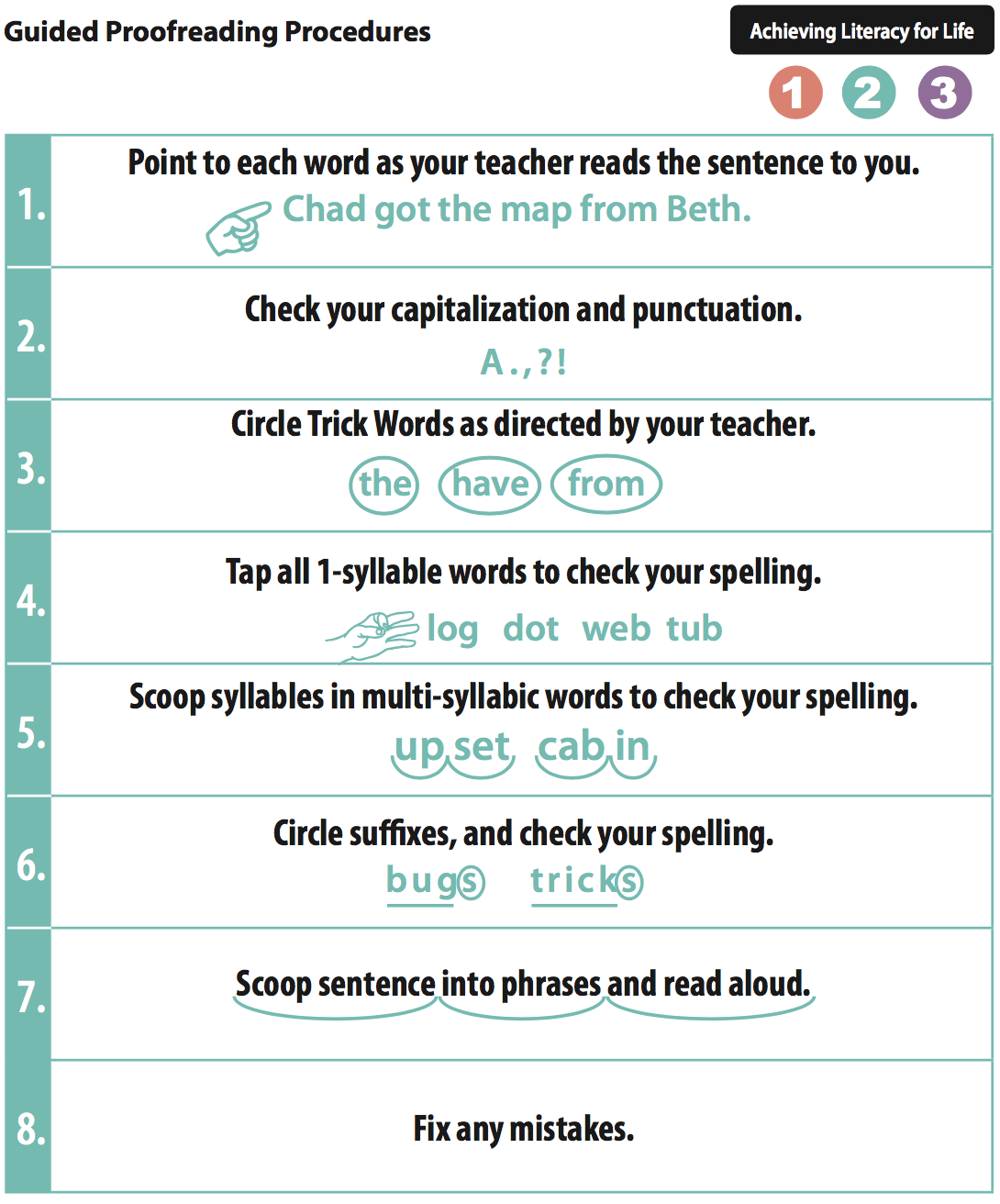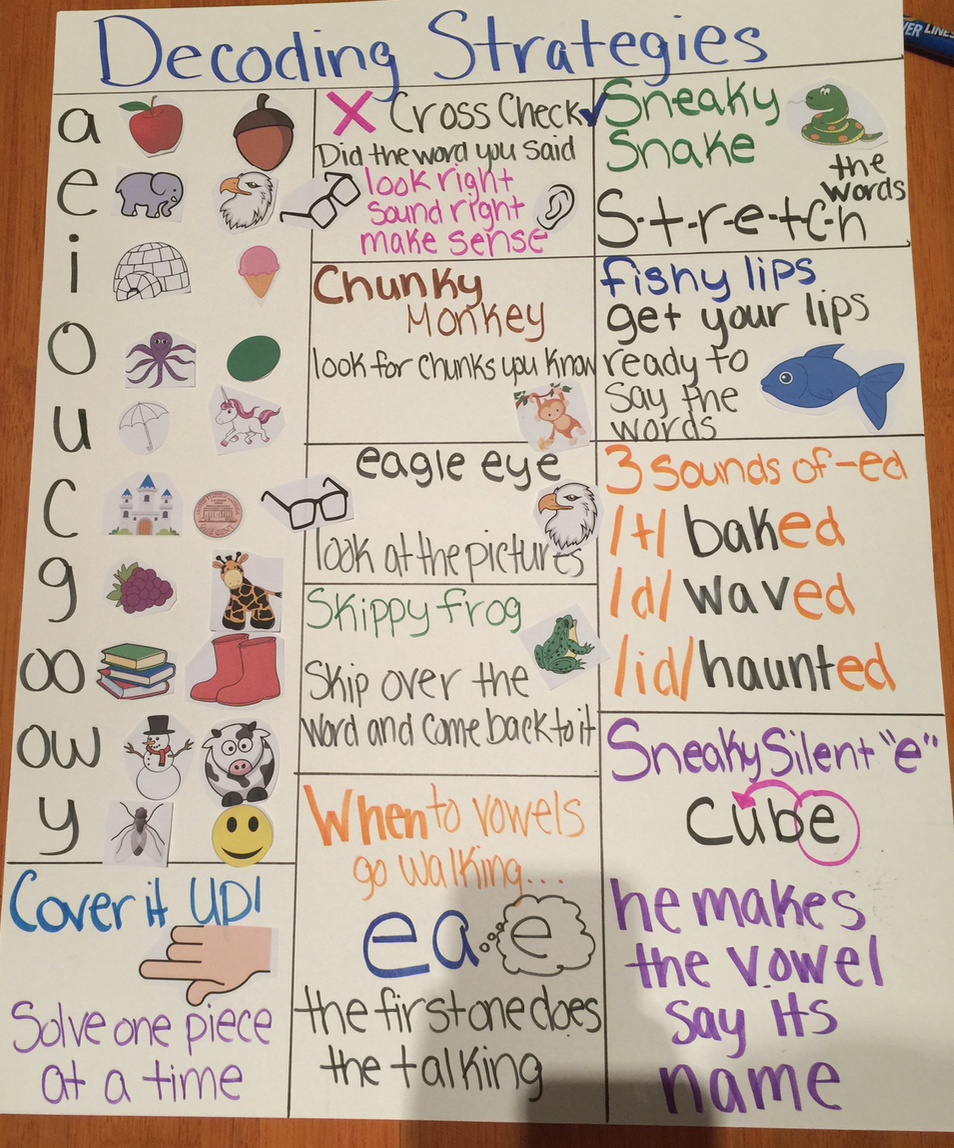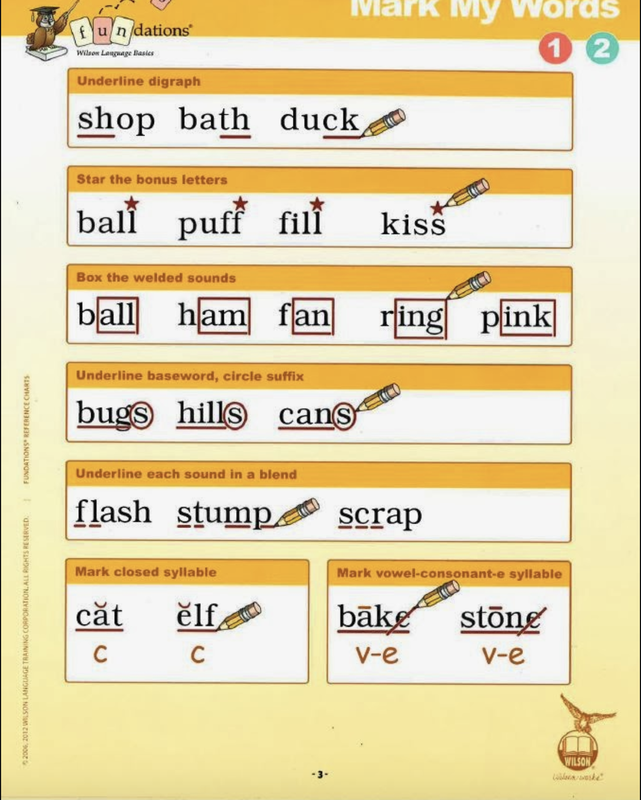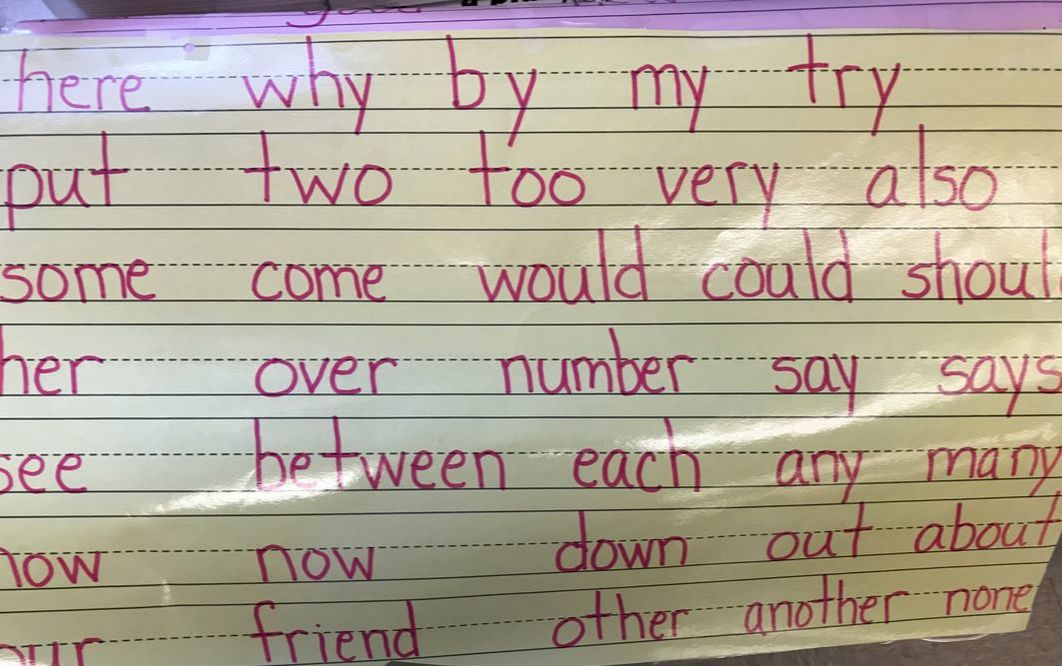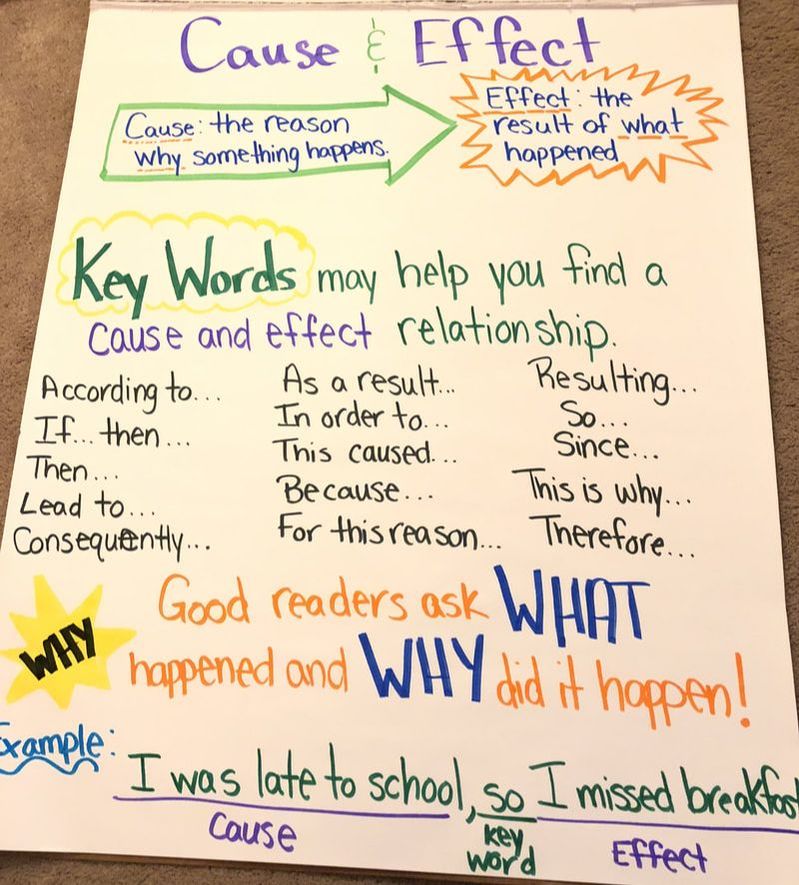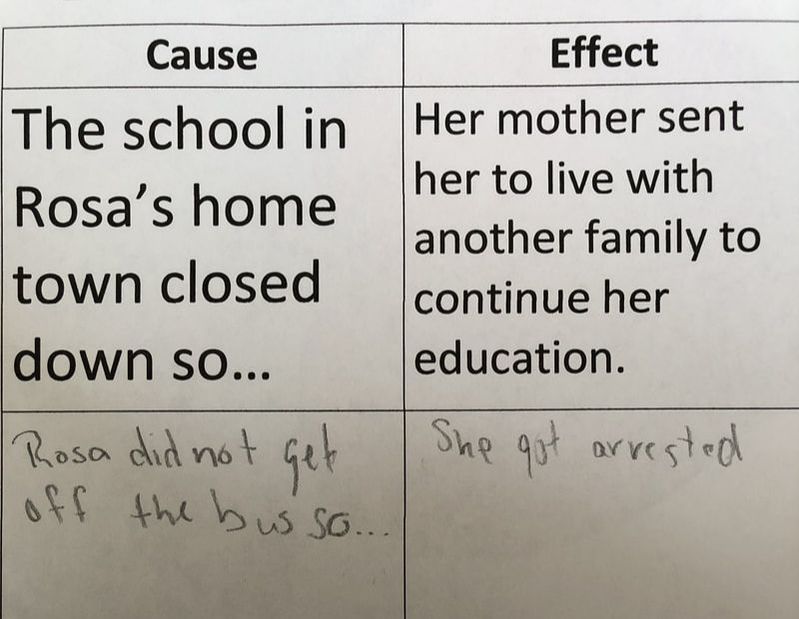Anchor Charts
During the year, there are many strategies and ideas that are covered it becomes difficult to keep all of those skills at the forefront of a student's mind when they are beginning to work independently. Anchor charts are a way for student to use resources around the room without having to ask questions that would remind them of what we have already worked on. While Fundations provides anchor charts, it is up to me to ensure that the right anchor charts are accessible to my students at the right time. This is a way for students to remember that they have other resources than the teacher and that these are things and strategies that we have learned and practiced in other formats. I have noticed with my students that taking strategies outside of where they learned to apply it is difficult for students. By having anchor charts displayed and created when we are working in the classroom, they can access that information at any point in the day, no matter what subject we are currently working in. For example, students are able to use the Fundations, or teacher created anchor charts, to remind them how to sound out words outside of Fundations and apply that knowledge in math, writing, small groups and reading.
When students are taking tests and doing independent work, the anchor charts are located around the room as resources for students. One of the main struggles that I have noticed for my students is how they mark up words to make sure they can get the maximum amount of points on their assessments. When the anchor charts are introduced, we spend time reviewing ways in which they can be used in the future. It allows students to see my use them when I am giving examples of how I would use my resources and then allows them to practice applying the information with their small groups and individually. Below, you will see a lesson plan in which I introduce the anchor chart for marking my words.
When students are taking tests and doing independent work, the anchor charts are located around the room as resources for students. One of the main struggles that I have noticed for my students is how they mark up words to make sure they can get the maximum amount of points on their assessments. When the anchor charts are introduced, we spend time reviewing ways in which they can be used in the future. It allows students to see my use them when I am giving examples of how I would use my resources and then allows them to practice applying the information with their small groups and individually. Below, you will see a lesson plan in which I introduce the anchor chart for marking my words.
Below there are four different anchor charts and three of those anchor charts are provided by Fundations. These are anchor charts that I have noticed students use the most when it comes to working independently because they are where they need to focus during assessments. The anchor chart titled "decoding strategies", we have created together as a class as we come across different reading strategies and units throughout Fundations. Many of these strategies we focus on reinforcing during small groups so that students can apply this knowledge during independent work. As stated above, students in my classroom have struggled to apply their skills outside of when they are being directly instructed, and these anchor charts are to support the knowledge and remind them that they have the skill set in order to work independently and be more successful.
Below you can see a Cause and Effect anchor chart that I created when we were studying Rosa Parks and the cause and effect of her choices and actions. When the anchor chart was introduced, we went over several cause and effect situations that students might experience on a daily basis. Once the base knowledge was set, I then began reading the Rosa Parks text and showing examples of cause and effect by using the key words listed on my anchor chart to demonstrate how to use the chart and understand cause and effect. After the lesson and several examples students took their graphic organizers and were able to take a section of the text and the anchor chart in order to complete their own cause and effect example from the book. The anchor chart still hangs in the room as a reminder of those key words they can look for in a text to find cause and effect as well as reminders for what cause and effect are.
How does this help my students?
Anchor charts are a supplemental guide to students in the classroom as a reminder when they are working on independent and group work. These charts follow along with what we are covering in Fundations and across the curriculum in second grade. While not all students can read fluently, these anchor charts reach the level of all the students in the classroom to some extent. There are many charts that remind about marking up words, the sounds that letters, glued sounds, digraphs, etc. make as well as trick work and word of the day anchor chart for recall. Not only are there anchor charts for Fundations, but also for math skills, reading skills and charts that give the reminders about getting along with others and following rules. All the anchor charts that are hung up and discussed are supplemental resources to encourage and lead towards independent success for all students within the classroom.

